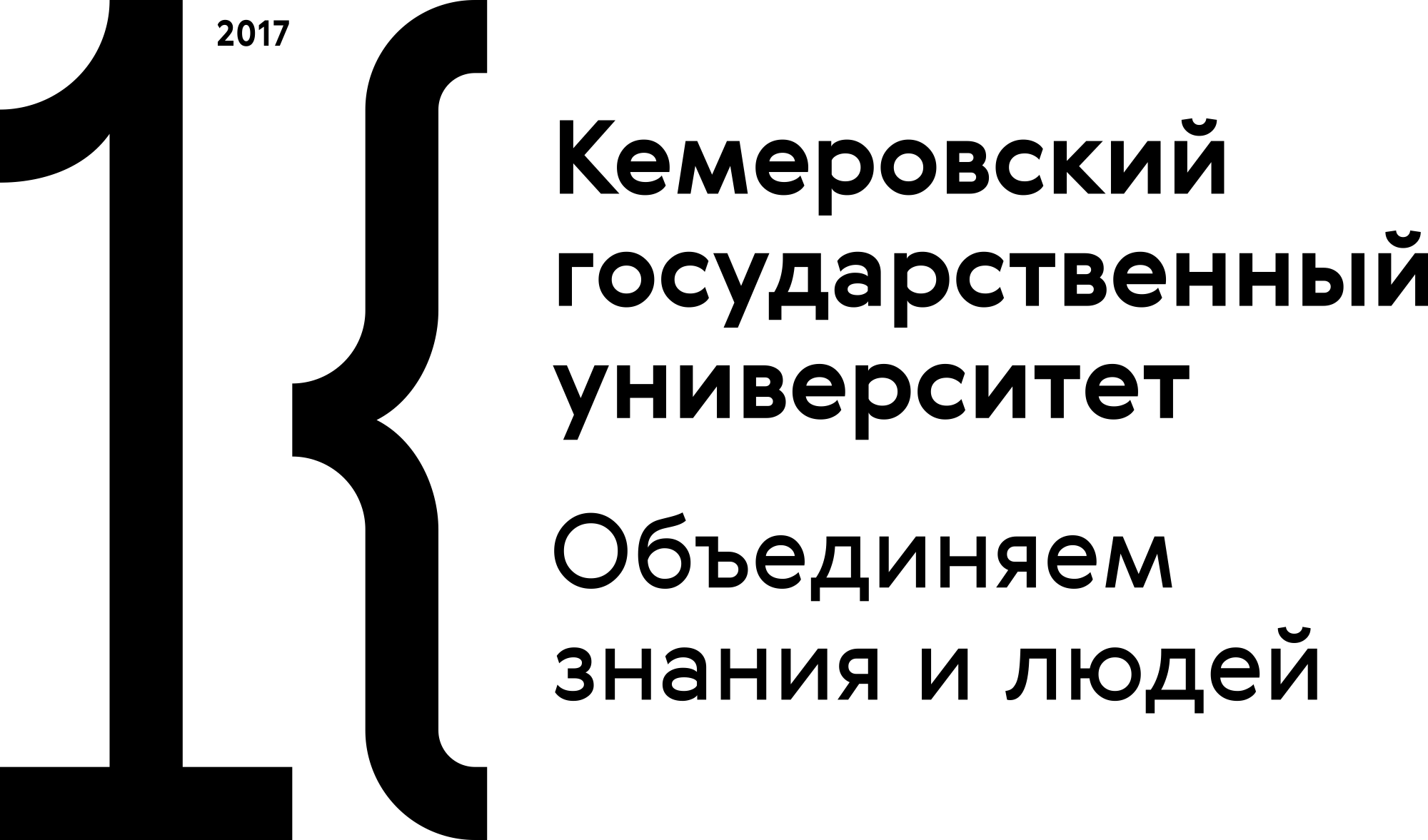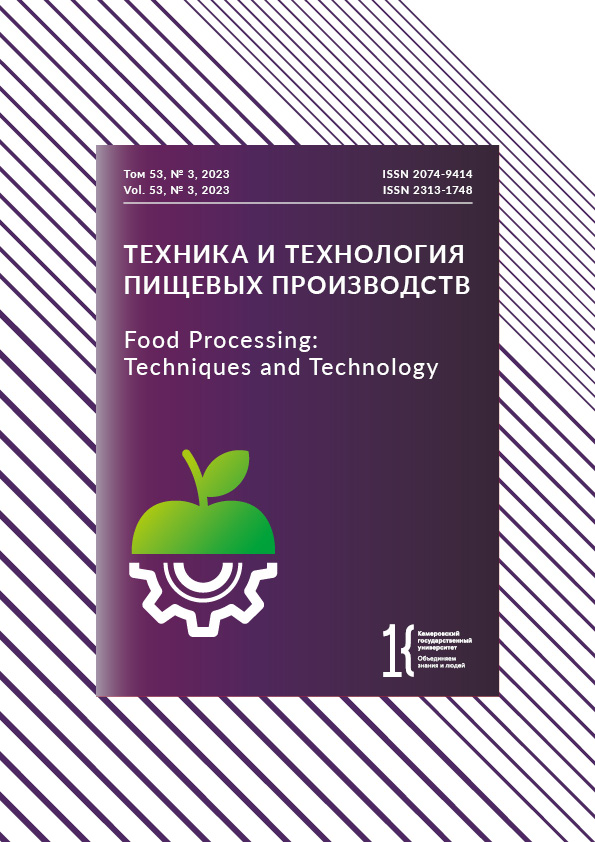Owerri, Nigeria
Owerri, Nigeria
Hibiscus sabdariffa L., also known as edible roselle, belongs to the Malvaceae family and is native to West Africa. In Nigeria, its dried petals are processed by boiling and filtration into a non-alcoholic beverage called Zobo. Commercial Zobo often includes artificial sweeteners that improve its taste. As a result, local food science needs new formulations with natural and health-beneficial sweeteners. The research objective was to produce a Zobo drink with different blends of date fruit juice as a natural sweetener, as well as evaluate its proximate, physicochemical, and sensory properties. The control Zobo drink (Zcon) involved an artificial sweetener. The ratios of Zobo to date juice were 90:10 (ZD10), 80:20 (ZD20), 70:30 (ZD30), 60:40 (ZD40), and 50:50 (ZD50). The samples underwent proximate and physicochemical analyses, as well as a sensory assessment on a nine-point hedonic scale. The physicochemical analysis showed that Sample ZD50 with the 50:50 ratio had the highest pH (3.5) and sugar content (9.5°Bx) while the control sample had the lowest pH (2.5) and sugar content (0.9°Bx), with all samples showing significant (p ≥ 0.05) differences. The proximate analysis also showed a wide range of results (p ≥ 0.05). The control sample demonstrated the highest moisture content (97.0%) whereas Sample ZD50 had the highest ash and lipid content of 0.8 and 4.8%, respectively. Sample ZD50 also had the highest protein (2.23%) and crude fiber content (2.49%). Sample ZD40 with the 60:40 ratio had the highest carbohydrate content. In terms of mouthfeel and taste (p ≥ 0.05), the control sample demonstrated the highest scores while the lowest score belonged to Sample ZD10 with the lowest proportion of date juice. The best results for general acceptance belonged to the control, followed by ZD40 (60:40) and ZD50 (50:50). Date juice proved to be an effective sweetener that improved the nutritional profile of Zobo. However, the sensory analysis showed that consumers preferred the control sample with the artificial sweetener.
Hibiscus sabdariffa, roselle, drinks, sweetener, Phoenix dactylifera, phytochemicals, chemical composition, physicochemical analysis, sensory analysis, quality
1. Benmeziane-Derradji F. Nutritional value, phytochemical composition, and biological activities of Middle Eastern and North African date fruit: An overview. Euro-Mediterranean Journal for Environmental Integration. 2019;4. https://doi.org/10.1007/s41207-019-0132-y EDN: https://elibrary.ru/FELZJG
2. Ndinchout AS, Chattopadhyay D, Ascension NM, Kaur V, Singh N, Paul MF. Muffins fortified with Dacryodes macrophylla L. fruit: quality and sensory evaluation. Foods and Raw Materials. 2022;10(1):40-50. https://doi.org/10.21603/2308-4057-2022-1-40-50 EDN: https://elibrary.ru/BJXLLT
3. Ogori AF, Amove J, Evi-Parker P, Sardo G, Okpala COR, Bono G, et al. Functional and sensory properties of jam with different proportions of pineapple, cucumber, and Jatropha leaf. Foods and Raw Materials. 2021;9(1):192-200. https://doi.org/10.21603/2308-4057-2021-1-192-200 EDN: https://elibrary.ru/AOAJMN
4. Shanta FH, Rahut BK, Islam MdJ, Azad MdOK, Sohel MdAT, Rajib MdRR, et al. Development of value-added drinks from date palm juice (Phoenix sylvestris). Heliyon. 2021;7(11). https://doi.org/10.1016/j.heliyon.2021.e08322
5. Rahman MdM, Azad MdOK, Uddain J, Adnan Md, Ali MdC, Al-Mujahidy SKMd, et al. Microbial quality assessment and efficacy of low-cost disinfectants on fresh fruits and vegetables collected from Urban areas of Dhaka, Bangladesh. Foods. 2021;10(6). https://doi.org/10.3390/foods10061325
6. Salami SO, Afolayan AJ. Suitability of roselle-Hibiscus sabdariffa L. as raw material for soft drink production. Journal of Food Quality. 2020;2020. https://doi.org/10.1155/2020/8864142
7. Fasoyiro SB, Babalola SO, Owosibo T. Chemical composition and sensory quality of fruit-flavoured roselle (Hibiscus sabdariffa) drinks. World Journal of Agricultural Sciences. 2005;1(2):161-164.
8. Pires TCSP, Barros L, Santos-Buelga C, Ferreira ICFR. Edible flowers: Emerging components in the diet. Trends in Food Science and Technology. 2019;93:244-258. https://doi.org/10.1016/j.tifs.2019.09.020
9. Riaz G, Chopra R. A review on phytochemistry and therapeutic uses of Hibiscus sabdariffa L. Biomedicine and Pharmacotherapy, 2018;102:575-586. https://doi.org/10.1016/j.biopha.2018.03.023
10. Idowu-Adebayo F, Toohey MJ, Fogliano V, Linnemann AR. Enriching street-vended zobo (Hibiscus sabdariffa) drink with turmeric (Curcuma longa) to increase its health-supporting properties. Food and Function. 2021;12(2):761-770. https://doi.org/10.1039/D0FO02888F
11. Ekanem JO. Microbial, sensory, and nutritional properties of laboratory prepared sorrel (zobo) drinks fortified with spices and sugar. Journal of Global Biosciences. 2018;7(8):5573-5584.
12. Ekanem JO, Daniel UJ, Akpan BC, Akpan EA. Microbiological assessment and proximate composition of sorrel (zobo) drinks sold in Ikot Ekpene metropolis, Akwa Ibom state, Nigeria. Journal of Research in Forestry, Wildlife, and Environment. 2018;10(4):92-99.
13. Younas A, Naqvi SA, Khan MR, Shabbir MA, Jatoi MA, Anwar F, et al. Functional food and Nutra pharmaceutical perspectives of date (Phoenix dactylifera L.) fruit. Journal of Food Biochemistry. 2020;44(9). https://doi.org/10.1111/jfbc.13332
14. Ramezanpour MR, Farajpour M, Yousefian M. Enhancing the quality and quantity of date palm (Phoenix dactylifera) by micronutrients under calcareous soils with a high pH level. Journal of Natural Fibers. 2022;19(15):11749-11762. https://doi.org/10.1080/15440478.2022.2041528
15. Pakkish Z, Mohammadrezakhani S. Comparison of phytochemicals and their antioxidant activity in seven date palm varieties grown in Iran. International Journal of Food Properties. 2020;23(1):1766-1776. https://doi.org/10.1080/10942912.2020.1820516
16. Kumar PS, Yaashikaa PR. Date palm as a healthy food. In: Naushad M, Lichtfouse E, editors. Sustainable agriculture reviews. Vol. 34. Cham: Springer; 2019. pp. 1-17. https://doi.org/10.1007/978-3-030-11345-2_1
17. Salomón-Torres R, Ortiz-Uribe N, Valdez-Salas B, Rosas-González N, García-González C, Chávez D, et al. Nutritional assessment, phytochemical composition and antioxidant analysis of the pulp and seed of medjool date grown in Mexico. PeerJ. 2019;7. https://doi.org/10.7717/peerj.6821
18. Echegaray N, Gullón B, Pateiro M, Amarowicz R, Misihairabgwi JM, Lorenzo JM. Date fruit and its by-products as promising source of bioactive components: A review. Food Reviews International. 2021;39(3):1411-1432. https://doi.org/10.1080/87559129.2021.1934003
19. Hemalatha R, Kumar A, Prakash O, Supriya A, Chauhan AS, Kudachikar VB. Development and quality evaluation of ready to serve (RTS) beverage from Cape gooseberry (Physalis peruviana L.). Beverages. 2018;4(2). https://doi.org/10.3390/beverages4020042
20. Onwuka GI. Food analysis and instrumentation: Theory and practice. 2nd ed. Naphtali Printers; 2018. pp. 299-314.
21. Opara CC, Rexford NL. Production of wine from zobo (Hibiscus sabdariffa) flower juice. Journal of Biochemical Technology. 2021;3(4):436-437.
22. Echegaray N, Pateiro M, Gullón B, Amarowicz R, Misihairabgwi JM, Lorenzo JM. Phoenix dactylifera products in human health - A review. Trends in Food Science and Technology. 2020;105:238-250. https://doi.org/10.1016/j.tifs.2020.09.017
23. Shruthi VH, Ramachandra CT. Roselle (Hibiscus sabdariffa L.) calyces: A potential source of natural color and its health benefits. In: Deka SC, Seth D, Swami Hulle NR, editors. Food bioactives: Functionality and applications in human health. New York: Apple Academic Press; 2019. pp. 169-190. https://doi.org/10.1201/9780429242793
24. Izah SC, Orutugu LA, Kigigha LT. A review of the quality assessment of zobo drink consumed in Nigeria. ASIO Journal of Microbiology, Food Science and Biotechnology Innovations. 2015;1(1):34-44.
25. Mahomoodally F, Ramcharun S, Zengin G. Onion and garlic extracts potentiate the efficacy of conventional antibiotics against standard and clinical bacterial isolates. Current Topics in Medicinal Chemistry. 2018;18(9):787-796. https://doi.org/10.2174/1568026618666180604083313
26. Adesokan IA, Abiola OP, Adigun MO, Anifowose OA. Analysis of quality attributes of hibiscus sabdariffa (zobo) drinks blended with aqueous extract of ginger and garlic. African Journal of Food Science. 2013;7(7):174-177. https://doi.org/10.5897/AJFS12.152
27. Banoke YO, Tanimola AO, Odunukan RO, Samuel DO. Preservation of zobo drink (calyces of Hibiscus sabdariffa) using kolanut. Academic Journal of Interdisciplinary Studies. 2013;2(10):17-23. https://doi.org/10.5901/ajis.2013.v2n10p17
28. Bahraimian S, Mehrdad M, Mohommad M, Abbas G. Optimization of enzymatic extraction of sugars from kabkab date fruit. Middle-East Journal of Scientific Research. 2011;7(2):211-216.











